July 26, 2016
Majority of employees think screening Olympics will boost productivity 0
 Screening sporting events in the workplace may increase productivity, according to research released by employment law specialist Peninsula. In a survey of 894 employees across the UK, 64 percent reported being more productive as being allowed to watch sporting events at work. The survey, which claims to examine how businesses managed employees during the first half of the summer of sports also revealed that 46 percent of employees want clearer policies regarding watching sporting events at work. This related to the fact that employers only showed certain games during Euro2016 and didn’t show any of the Wimbledon tournament. 51 percent of respondents also called for employers to be more flexible during major sporting games allowing them to start late, leave early or swap with colleagues. 24 percent said that a lack of flexibility would encourage their decision to call in sick in order to watch their favourite sporting event.
Screening sporting events in the workplace may increase productivity, according to research released by employment law specialist Peninsula. In a survey of 894 employees across the UK, 64 percent reported being more productive as being allowed to watch sporting events at work. The survey, which claims to examine how businesses managed employees during the first half of the summer of sports also revealed that 46 percent of employees want clearer policies regarding watching sporting events at work. This related to the fact that employers only showed certain games during Euro2016 and didn’t show any of the Wimbledon tournament. 51 percent of respondents also called for employers to be more flexible during major sporting games allowing them to start late, leave early or swap with colleagues. 24 percent said that a lack of flexibility would encourage their decision to call in sick in order to watch their favourite sporting event.






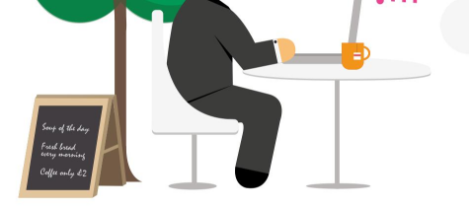
 A new study published to coincide with Smarter Working Day (today, apparently) claims that almost half of UK workers (48 percent) don’t think their current employee benefits package is tailored to their needs. The study of 1,000 UK workers published by payroll lending provider SalaryFinance claims that 38 percent of UK workers currently have access to flexible working although only 26 percent say they prefer the chance of flexible working to financial and psychological wellbeing benefits. Fewer than one in five (19 percent) currently have access to benefits designed to support mental wellbeing, such as counselling services, and only one in four (26 percent) receive financial wellbeing support from their employer. In contrast, one in three (32 percent) receive ad hoc incentives such as free lunches, birthday cakes and duvet days. With 58 percent of people saying that their employer has never asked for feedback on their benefits programme, employers could be falling out of touch with the needs of staff, claims the research.
A new study published to coincide with Smarter Working Day (today, apparently) claims that almost half of UK workers (48 percent) don’t think their current employee benefits package is tailored to their needs. The study of 1,000 UK workers published by payroll lending provider SalaryFinance claims that 38 percent of UK workers currently have access to flexible working although only 26 percent say they prefer the chance of flexible working to financial and psychological wellbeing benefits. Fewer than one in five (19 percent) currently have access to benefits designed to support mental wellbeing, such as counselling services, and only one in four (26 percent) receive financial wellbeing support from their employer. In contrast, one in three (32 percent) receive ad hoc incentives such as free lunches, birthday cakes and duvet days. With 58 percent of people saying that their employer has never asked for feedback on their benefits programme, employers could be falling out of touch with the needs of staff, claims the research.
 A rapidly ageing workforce is not just a challenge for Western economies. The government of China, the world’s second largest economy, has announced that it expects its workforce to decline by nearly a quarter (23 percent) between now and 2050 as the population ages and more and more jobs are automated. The Government is now considering raising the retirement age from 59 to 65 ahead of an anticipated sharp decline in the numbers of people of working age after 2030, according to the Ministry of Human Resources and Social Security. A spokesman for the ministry forecast a fall of 211 million people of working age to 700 million by 2050. China’s demographic challenge is mirrored in many countries but has its own characteristics thanks to its strict and controversial decades-long
A rapidly ageing workforce is not just a challenge for Western economies. The government of China, the world’s second largest economy, has announced that it expects its workforce to decline by nearly a quarter (23 percent) between now and 2050 as the population ages and more and more jobs are automated. The Government is now considering raising the retirement age from 59 to 65 ahead of an anticipated sharp decline in the numbers of people of working age after 2030, according to the Ministry of Human Resources and Social Security. A spokesman for the ministry forecast a fall of 211 million people of working age to 700 million by 2050. China’s demographic challenge is mirrored in many countries but has its own characteristics thanks to its strict and controversial decades-long 
 Whether or not you raise an eyebrow every time you hear about the need for employee engagement, there is a growing body of research which links engagement to performance.
Whether or not you raise an eyebrow every time you hear about the need for employee engagement, there is a growing body of research which links engagement to performance. 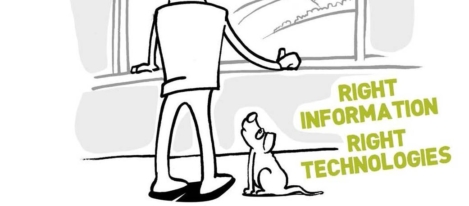
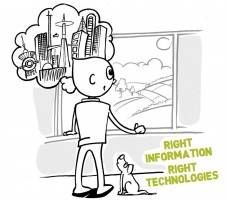
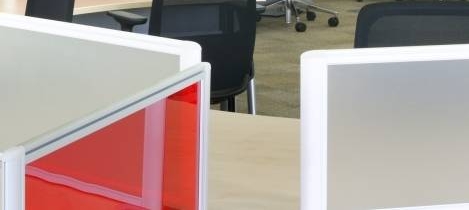
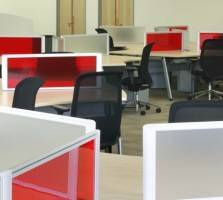



 The ethics of everyday working life are the subject of two new surveys. A study from job site
The ethics of everyday working life are the subject of two new surveys. A study from job site 
 In a new report
In a new report 
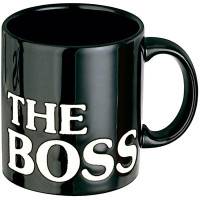 The 21st Century has seen an explosion of self employment in the UK, and most people who have become self employed have done so for positive reasons, claims a new report from the UK Government’s Office for National Statistics. According to the
The 21st Century has seen an explosion of self employment in the UK, and most people who have become self employed have done so for positive reasons, claims a new report from the UK Government’s Office for National Statistics. According to the 










July 27, 2016
Seven ways managers and employers can build trust in the workplace 0
by Matias Rodsevich • Comment, Knowledge, News, Wellbeing, Workplace
(more…)